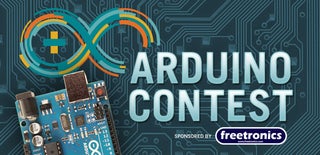Introduction: Paperduino Tiny
Build Arduino compatible board on piece of paper.
Paperduino Tiny is very cheap and easy to build Arduino compatible board with USB and software compatible with Digispark board.
Paperduino Tiny include an ATtiny85 microcontroller and come with USB interface. Coding is similar to Arduino, and it use the familiar Arduino IDE for development.
Can be build in 1 hour for aprox. 4 USD.
Specification:
Support for the Arduino IDE 1.0+ (OSX/Win/Linux)
Power via USB or External Source - 5V
Built-in USB (and serial debugging)
6 I/O Pins (2 are used for USB only if your program actively communicates over USB, otherwise you can use all 6 even if you are programming via USB)
8k Flash Memory (about 6k after bootloader)
I2C and SPI (vis USI)
PWM on 3 pins (more possible with Software PWM)
ADC on 4 pins
Power LED and Test/Status LED (on Pin1)
NEW - Paperduino Tiny build in case from Tic Tac mints - look to the pictures...
Getting started
Tools needed
Parts needed
Burning bootloader
Building Paperduino Tiny step by step
Installing Arduino IDE
My first sketch
Complete tutorial can be found in Paperduino WIKI.
Please vote for me in Arduino Contest. Thanks...

Participated in the
Arduino Contest












